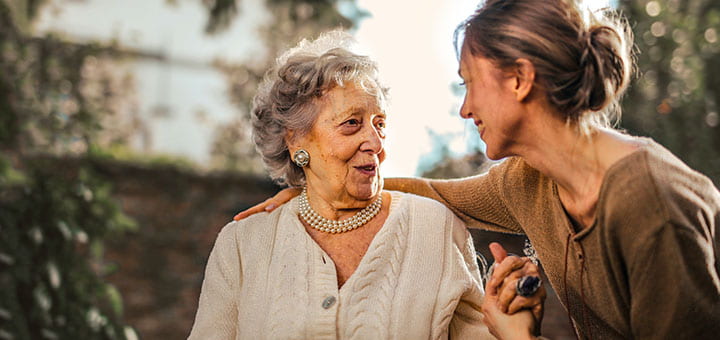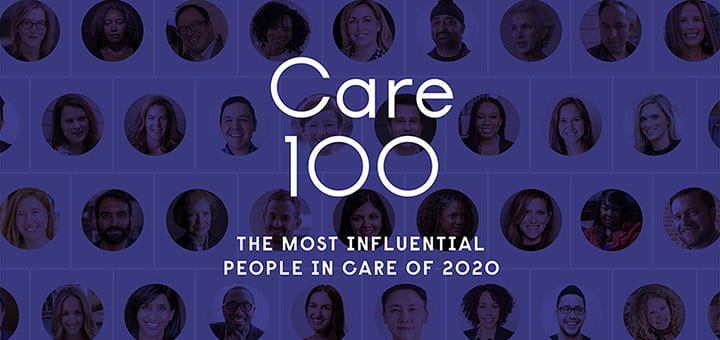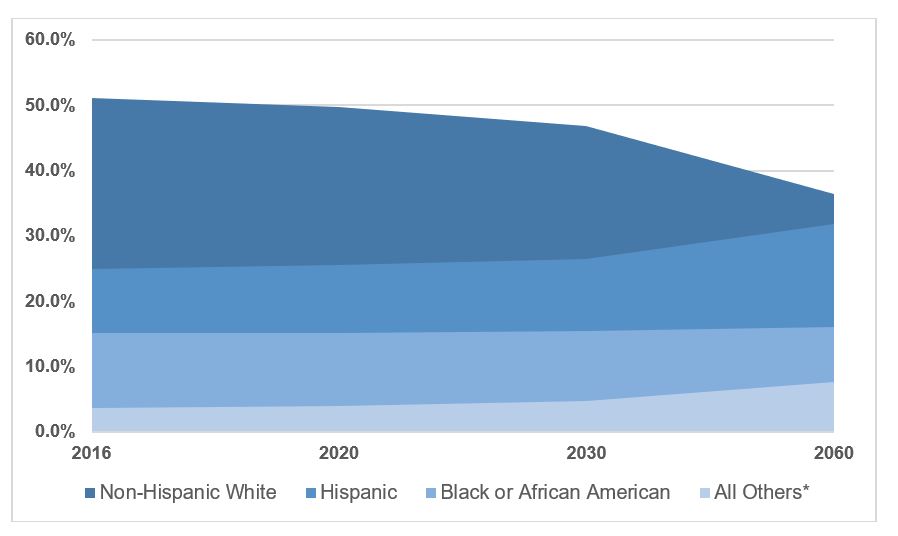In the hospitality industry, customer experience is king. What does it take as a professional to lead in an ever-changing and messy environment? Let’s hear what hospitality leaders, past and present, have had to say.
Gray Shealy, AVP of Architectural Design and Innovation, Royal Caribbean Cruises
“Respect for others will go a long way, as will humility. Don’t forget you’re in the hospitality industry. Open doors. Listen. Look into someone’s eyes when having a conversation. Allow others to go first. Toast a guest at a meal. Wait until everyone is served. Emily Post may be a good mentor, come to think of it…”
Arne Sorenson, CEO, Marriott International
“Particularly in American society today, but maybe business society generally, you’ve got a glorification of folks who say, ‘Oh, I only sleep three to four hours a night,’ which is dead wrong. We don’t want to be preachy to our guests when they get into our hotels. They’re going to lead the lives they want to lead, but I think there are some things we can do to be in a dialogue with our customers about the strengths of sleep. Those of us who do sleep should be proud of saying we sleep.”
Leeny Oberg, EVP & CFO, Marriott International
“Know yourself. Know your strengths and weaknesses. Get feedback, and work hard to get that feedback. It is not an easy thing to have people give you feedback, and it’s not easy for people to give feedback, particularly when it’s constructive. It is so critical, as you find your career path, that you know where your strengths and weaknesses are.”
Horst Schulze, Co-founder, Ritz-Carlton Hotel Group
“Leadership is creating an environment in which people want to be part of the organization and not just work for the organization. Leadership creates an environment that makes people want to, rather than have to, do.”
Larry Steelman, VP of New Business Ventures, Cox Business
“Providing actionable information that isolates service-impacting issues and enables fast resolution is key to guest satisfaction.”
Krissy Gathright, EVP and COO, Apple Hospitality REIT
“Create your impact. There will be people along the way who will help support you, but it’s ultimately up to you. You control your own destiny. Do not wait for someone else to create a path for you.”
Isadore Sharp, Founder, Four Seasons Hotels and Resorts
“Keep your egos in check, and let the people who work for you shine. Because they’re the people who know our customers best—the people we depend on to lead the way. It’s no longer, ‘Do as I say.’ It’s, ‘Do as I do.’”
Jagruti Panwala, Chairwoman, AAHOA
“Build relationships. Attend conferences. Network not just with women, but men as well. I also just believe that you can’t achieve success on your own. Make sure you’re working with successful people, positive people.”
Joy Rothschild, Chief Human Resources Officer, Omni Hotels
“I find that this is one industry where hard work, spirit, and energy trump degrees or where you sit on the pecking order. If you are willing to put in the time—which is easier said than done—you should have no obstacles. You do need to be willing to go where the opportunities are. The more flexible you are, the better.”
James Tubo, COO, Blueprint RF
“My key takeaways in serving the hospitality sector are: 1. Always try to put yourself in the shoes of the front desk agents serving our guests. 2. With more than 55 thousand hotels, the industry is surprisingly small. Everybody seems to be connected. 3. Don’t lose sight of what you set out to do. Our goal was to ensure that guests connect to the internet—that simple.”
J.W. “Bill” Marriott, Jr., Executive Chairman and Chairman of the Board of Marriott International, Inc.
“The four most important words in the English language are, ‘What do you think?’ Listen to your people and learn.”
Kit Kemp, Co-founder, Firmdale Hotels
“The challenge I give myself—which, I’m sorry, would never occur to a man—is to craft common spaces with residential tone and texture where people want to idle.”
Barry Sternlicht, Founder, Starwood Hotels and Resorts
“You can learn everything that there is to know about the industry or the player from the company that is performing better or worse.”
Kemmons Wilson, Founder, Holiday Inn
“Remember: A person who wins success may have been counted out many times before. He wins because he refuses to give up.”
Avi Brosh, CEO, Paligroup
“The future of boutique hotels is not about size or design or asset class. It’s about going back to the beginning, back to what Morgans did. That’s delivering on this promise to create an authentic, ad hoc community of like-minded people that, for an evening or a few nights, transcend nationality or who they believe they are. It’s a promise that a guest be whoever they want to be for that night.”
*
LEARN MORE ABOUT WISCONSIN TOURISM
UW-Green Bay and the Wisconsin Department of Tourism are collaborating to revitalize travel in Northeast Wisconsin by hosting a virtual Tourism Summit on Thursday, April 22, from 9 a.m.-12 p.m. Tourism is an integral part of the Wisconsin economy. The pandemic created challenges and disruption for the many businesses and workers that make up this multibillion-dollar industry.
The Tourism Summit is tailored for any business or frontline worker associated with tourism in Wisconsin, including restaurants, hotels, golf courses, other recreation and attractions, communities and more. The Tourism Summit is hosted by UW-Green Bay’s Division of Continuing Education and Community Engagement.
Learn more about the Tourism Summit by visiting www.uwgb.edu/tourism-summit or by contacting Melissa Betke, Program Specialist and 920-663-7337.
*
RESOURCES:
BlueprintRF. “15 Hospitality Leaders Share their Best Business Advice.”











